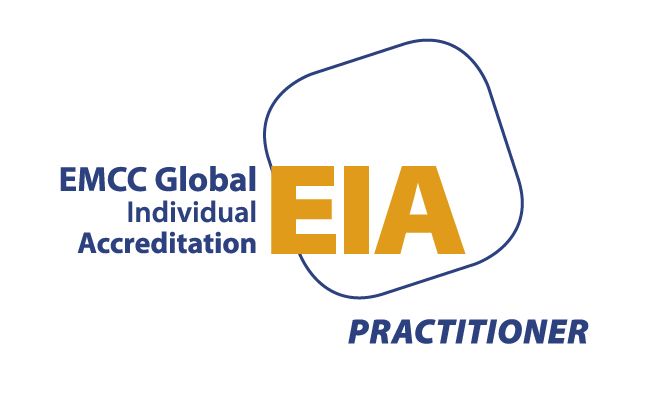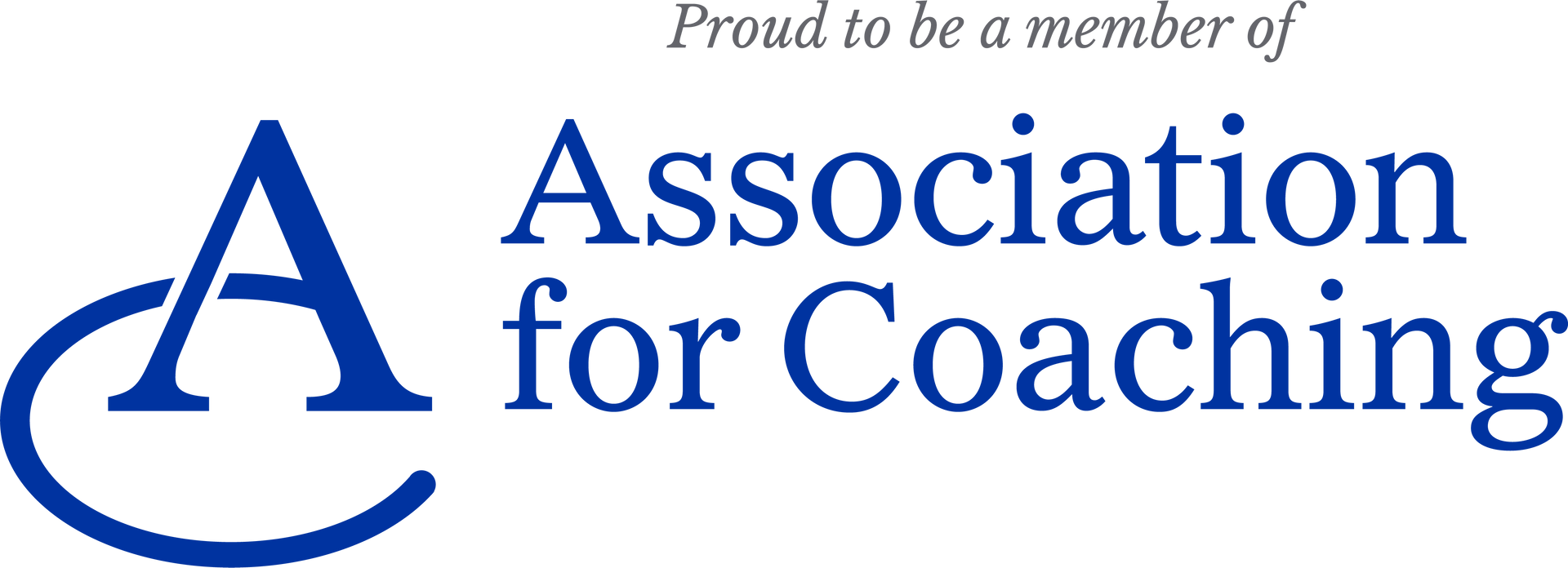
Blog Layout
The value of Mentoring Others
Barbra Carlisle • April 4, 2025
The Power of Mentorship: How Investing in Others Fuels Business Success

When Chelsea was at school she didn't know what she wanted to do. Her world was limited to what she knew around her. This is the case for so many of us, influenced by our family, school careers teacher and teachers. If the general aspiration is low then that is what we take with us into our post school years.
Fortunately for Chelsea someone came to do a talk at school, and spoke about the world of media. Chelsea was interested and explored options, ending up going to college which led her to working in marketing in the IT sector. Here she discovered a love of IT but didn't quite love the isolation she felt as one of the only women in the room. This itself sparked a passion, to improve representation and experience of women in tech. She founded Innovate her and helps 100s of girls nurture their passion in IT.
It is likely that there have been pivotal moments in your journey that have been influenced by someone else’s wisdom, encouragement, or challenge. They may have been a formal or incidental mentor.
A mentor unlocks potential, fostering confidence, and inspiring action. It isn’t just valuable for the mentee; it offers significant benefits for the mentor and for businesses that embed mentoring into their culture.
In a world where organisations are striving for greater engagement, leadership development, and community impact, mentorship emerges as a powerful, practical solution.
Why Mentorship Matters
A recent report from Deloitte (2023) found that employees with mentors are 68% more likely to be promoted
within five years. Mentorship accelerates learning, deepens confidence, and provides the safe space people need to develop leadership skills. But beyond personal growth, there’s a business case: companies that promote mentorship have retention rates 50% higher
than those that don’t (CIPD, 2023).
For businesses, mentoring can:
- Strengthen leadership pipelines.
- Increase engagement and reduce turnover.
- Improve problem-solving by exposing people to diverse perspectives.
The Dual Benefit: Being a Mentor and a Mentee
There’s often a misconception that mentoring is a one-way street—the experienced professional imparts wisdom to the novice. But great mentoring relationships are reciprocal.
A mentor benefits by:
✔ Sharpening leadership and coaching skills.
✔ Gaining fresh insights from a different perspective.
✔ Finding fulfilment in seeing someone else grow.
A mentee benefits by:
✔ Receiving encouragement, challenge, and clarity.
✔ Developing strategic thinking and leadership confidence.
✔ Building connections that open doors to new opportunities.
How Different People Approach Mentorship
People experience and approach mentorship in different ways. Some thrive in structured, goal-oriented mentoring relationships, while others prefer organic, story-driven guidance. Recognising these differences helps make mentoring more impactful.
🔹 The Practical Thinker values structured mentoring with clear objectives and measurable outcomes.
🔹 The Relational Connector thrives in informal, story-based mentoring where trust is built over time.
🔹 The Big-Picture Visionary appreciates mentoring that challenges conventional thinking and encourages bold ideas.
🔹 The Detail-Oriented Strategist benefits from deep, one-to-one coaching that refines decision-making.
🔹 The Empathetic Listener is drawn to mentoring that builds confidence and nurtures strengths.
Understanding these different styles means that businesses can design mentorship programs that truly resonate with all employees.
The Untapped Potential of Business Mentoring Programs
Many companies already offer volunteer days—what if more of these were used for mentoring?
Community-based mentoring has tangible benefits. Studies by the National Mentoring Partnership UK (2022) found that 93% of mentees who receive professional mentoring feel more prepared for their careers. When businesses encourage employees to mentor beyond their organisation—whether it’s helping young professionals, supporting social enterprises, or advising charities—they create lasting impact while also developing their people.
- For Employees: Mentoring outside their own organisation builds confidence, perspective, and new leadership skills.
- For Businesses: It strengthens employer branding, fosters a culture of giving back, and develops more well-rounded leaders.
- For Society: It ensures valuable knowledge is shared and that emerging leaders, particularly in charities and non-profits, receive the guidance they need.
How to Get Started
Mentorship doesn’t have to be a formal, long-term commitment to be impactful. Here are three simple ways to integrate mentorship into your leadership approach:
- Start Small: Identify one person you could mentor or seek out someone who could challenge and guide you.
- Embed It in Your Culture: Encourage a mindset where “everyone has something to teach and something to learn.”
- Use Volunteer Days for Mentoring: Support employees in mentoring emerging leaders outside the organisation.
Final Thought: Mentorship is a Leadership Responsibility
Mentorship isn’t just a ‘nice to have’—it’s a strategic, high-impact investment in people. Whether you’re guiding someone within your business or using your volunteer day to mentor an aspiring leader in a non-profit, you’re shaping the future of leadership.
What’s one mentoring relationship that’s shaped your leadership?
Book a conversation with Barbra from Glee Coaching to explore how mentorship can be embedded into your organisation’s culture. Email barbra@gleecoaching.com
Share
Tweet
Share
Mail

By Barbra Carlisle
•
April 4, 2025
The Hidden Problem in Leadership Teams “We have an experienced team, but we keep running into the same issues. It feels like we’re stuck in a loop.” Is this your experience? If so you are not alone. This is basically group think – where we all just agree because it is the easiest path. Many leadership teams operate in this way, particularly in charities, non-profits, and housing associations, where leaders often rise through the ranks of the same sector. The result? A lack of cognitive diversity. What is Cognitive Diversity, and Why Does It Matter? Cognitive diversity refers to the differences in how people think, solve problems, and process information. Unlike demographic diversity, which focuses on visible characteristics like age, gender, or ethnicity, cognitive diversity is about how people approach challenges. Research shows that teams with diverse thinking styles make better decisions and innovate more effectively. A 2023 study by the Chartered Management Institute (CMI) found that UK organisations with cognitively diverse leadership teams were 30% more likely to outperform their competitors (CMI, 2023). Yet, the same study highlighted that many UK charities and non-profits struggle to bring in fresh perspectives. When everyone thinks alike, blind spots emerge. Leaders miss risks, overlook opportunities, and fail to adapt to change. But when teams include different problem-solving styles, they spot issues earlier, challenge assumptions, and generate more creative solutions. Cognitive Diversity in Action Think about a leadership meeting where a big decision needs to be made. You likely have: • Visionary thinkers—Big-picture, future-focused leaders who generate ideas but may overlook risks. • Data-driven analysts—Detail-oriented leaders who assess facts but may struggle to take decisive action. • Relational decision-makers—People who prioritise team impact and organisational culture. • Action-focused leaders—Those who push for decisions and implementation, sometimes too quickly. Each of these thinking styles is valuable, but when one dominates at the expense of the others, teams become unbalanced. If only action-focused leaders drive decisions, risks get overlooked. If only relational leaders shape discussions, difficult decisions may be delayed. In the case of one senior leadership team I worked with, their leadership team was dominated by big picture analytical thinks who were not big on detail and accountability. They were great at creating a vision, being ambitious on behalf of the organisation but less great at challenging and exploring concepts in practical next steps —they were missing those who ask, “Are we sure this is the right path and what steps are we planning to take to get there?” Once you recognise what you are missing in a team you can start to take action. For example 1. Invite diverse voices into decision-making—Bringing in external advisors and more analytical thinkers. 2. Shift meeting dynamics —Introducing structured time for challenge before decisions were finalised. 3. Giving yourself time in the meeting to ask ‘What would a structural preference thinking say about this idea?” The result? More strategic decision-making, fewer knee-jerk reactions, and a more adaptable leadership team. How to Build Cognitive Diversity Into Your Leadership Team If your leadership team feels like an echo chamber, here are three ways to bring in cognitive diversity: 1. Identify Your Team’s Thinking Strengths—and Gaps Many leadership teams unknowingly over-rely on certain voices. Some are dominated by visionaries who struggle with execution. Others have practical problem-solvers but lack big-picture thinkers. A 2023 study by the Institute of Leadership & Management found that teams that balance strategic, relational, and execution-focused thinkers make decisions 25% faster and experience higher team engagement (ILM, 2023). A simple step? Map out your team’s thinking styles and ask: Who do we need more of in the room? At Glee we use 5 Voices or the Emergentics thinking tool to identify the dynamics in the room and to bring clarity in potential actions to mitigate group think. 2. Change the Way You Run Meetings Most meetings favour the loudest and quickest thinkers. That means valuable perspectives—often from the more reflective members of the team—get lost. One housing association I worked with changed their meetings by: • Giving everyone time to reflect before discussions. • Assigning someone to challenge decisions before finalising them. • Encouraging those who think differently to speak first. This small change led to better decisions and more balanced conversations. 3. Bring in Fresh Perspectives If your team has been together for years, it’s easy to fall into groupthink. Actively seek outside perspectives—whether through board members, external advisors, or coaching. A non-profit leader I worked with started bringing in junior team members for fresh input before final decisions. The result? More innovative thinking and higher engagement across the organisation. Final Thought: The Leaders Who Value Different Thinkers The most effective leaders don’t surround themselves with people who think like them. They build teams that challenge, refine, and strengthen ideas—because that’s where real innovation happens. If you’re a CEO or senior leader looking to harness cognitive diversity to improve decision-making and team performance, let’s talk. Book a meeting with Barbra from Glee Coaching today and start unlocking the full potential of your leadership team. Get in touch today barbra@gleecoaching.com

Subscribe to be the first to hear about our latest news and events
Join the Newsletter
You're in! Thanks for signing up.
Oops, there was an error sending your message.
Please try again later

Copyright 2022 GLEE COACHING CONSULTANCY. Site design by fireflydigital.co.uk

